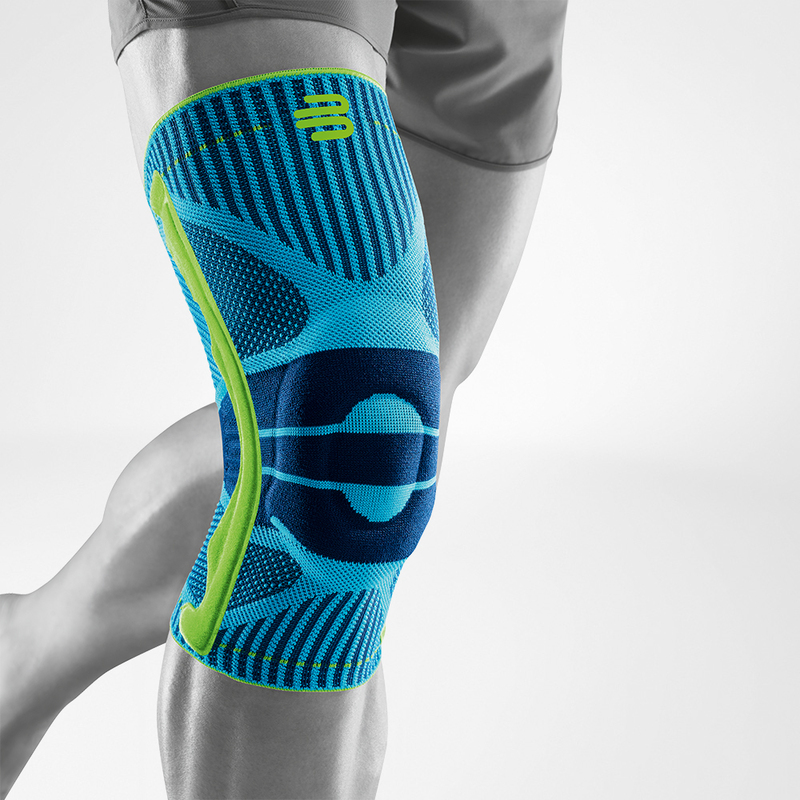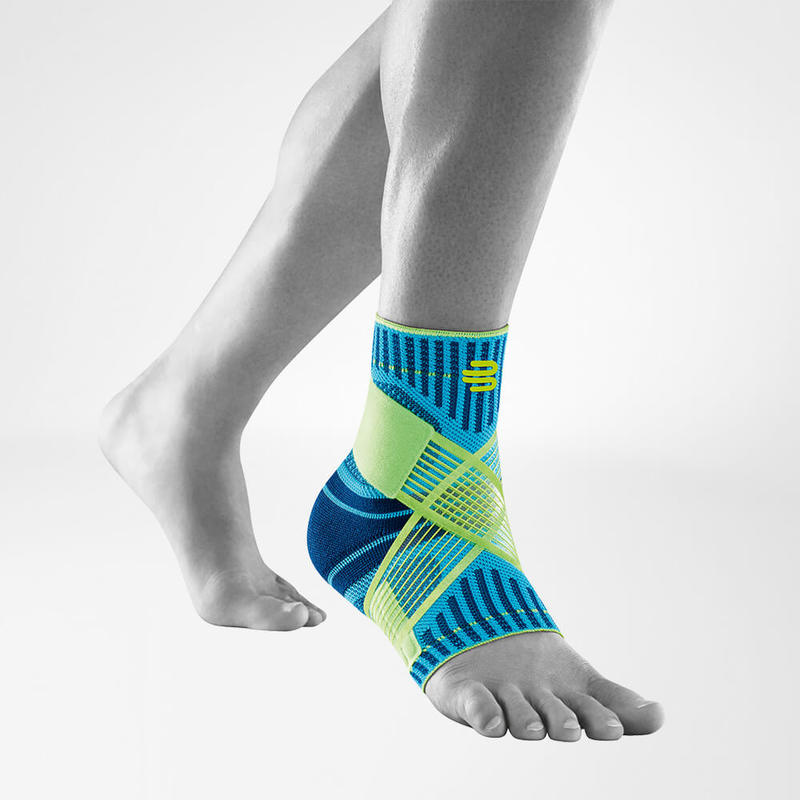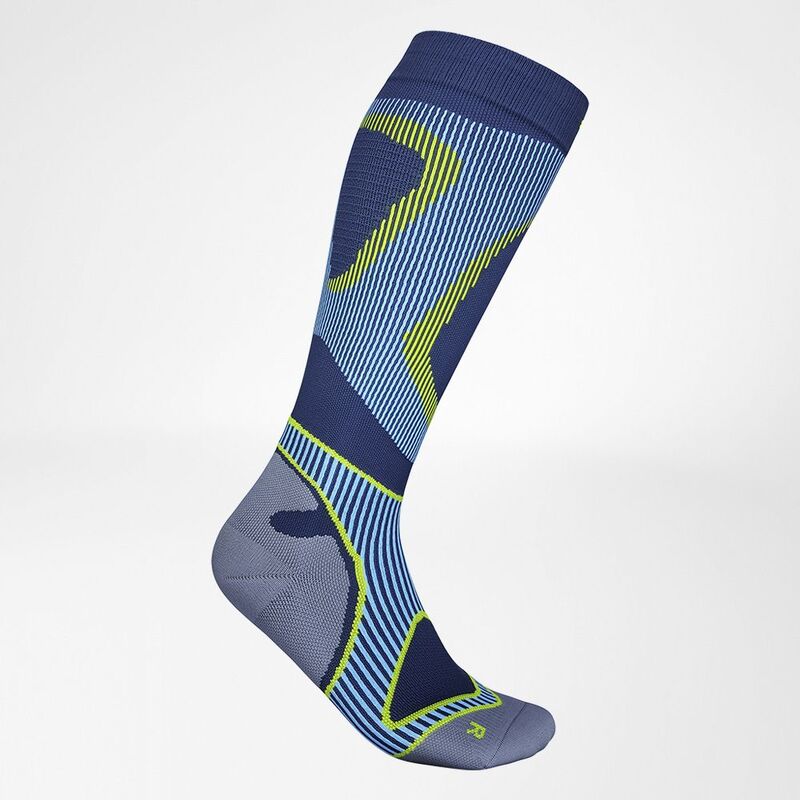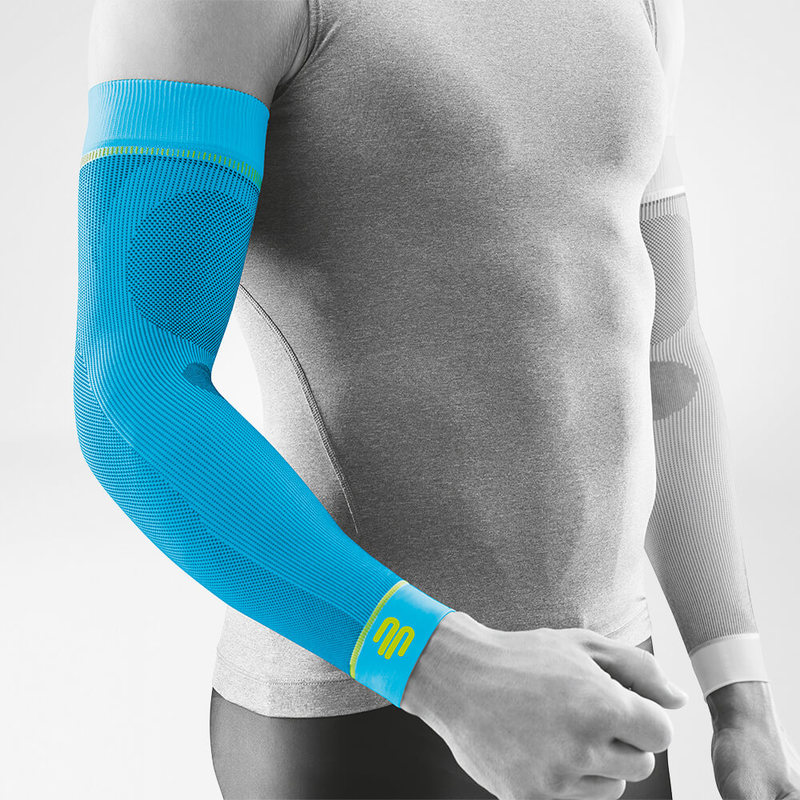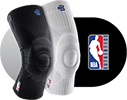The days get shorter and the temperatures plunge, can you still go running in winter? Absolutely! Exercise is important year-round, but especially when dreary weather can have you feeling sluggish. Of course, just like running in the heat, extreme conditions like cold weather means there are a few things you should keep in mind.
Too cold? Not with the right equipment!
You will be perfectly equipped for the cold with this running kit, even when the temperature drops a little below freezing.
- Dress following the “onion principle” - Instead of wearing one thick layer of clothing, combine several thin layers with different functions.
- The base layer provides some warmth and quickly wicks sweat away from the body to protect it from cooling down. It should be tight-fitting and breathable. It can consist of functional underwear, merino wool or a conventional running shirt that you would also wear in the summer.
- The heat layer ensures warmth and insulation. A fleece, for example, or a long-sleeve that extends all the way to your wrists is suitable here. But don’t overdo it: if this layer is too thick, you’ll sweat more quickly than you’d like.
- The weather layer should protect you from wind and moisture, yet be breathable so sweat can evaporate. A quality soft-shell jacket works well for most conditions.
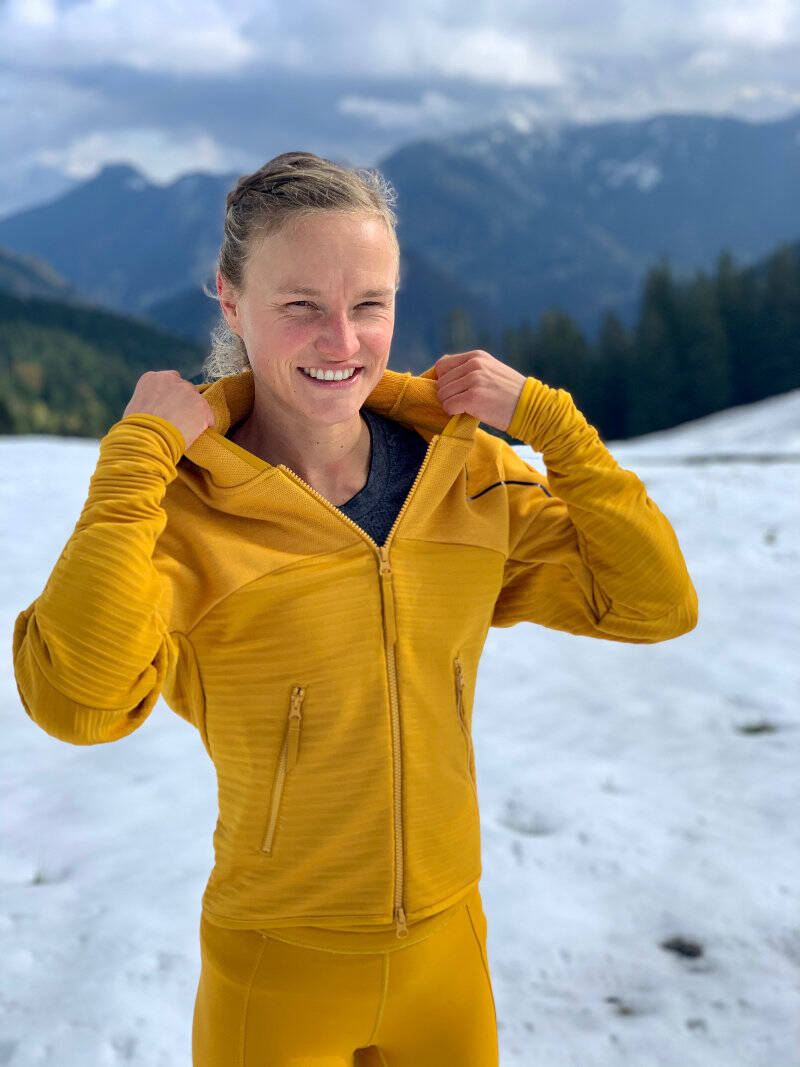
Quick Tip: To account for your body heat, dress as if the weather is 10 degrees warmer than the actual temperature. Even when it’s cold you want to avoid excessive sweating.
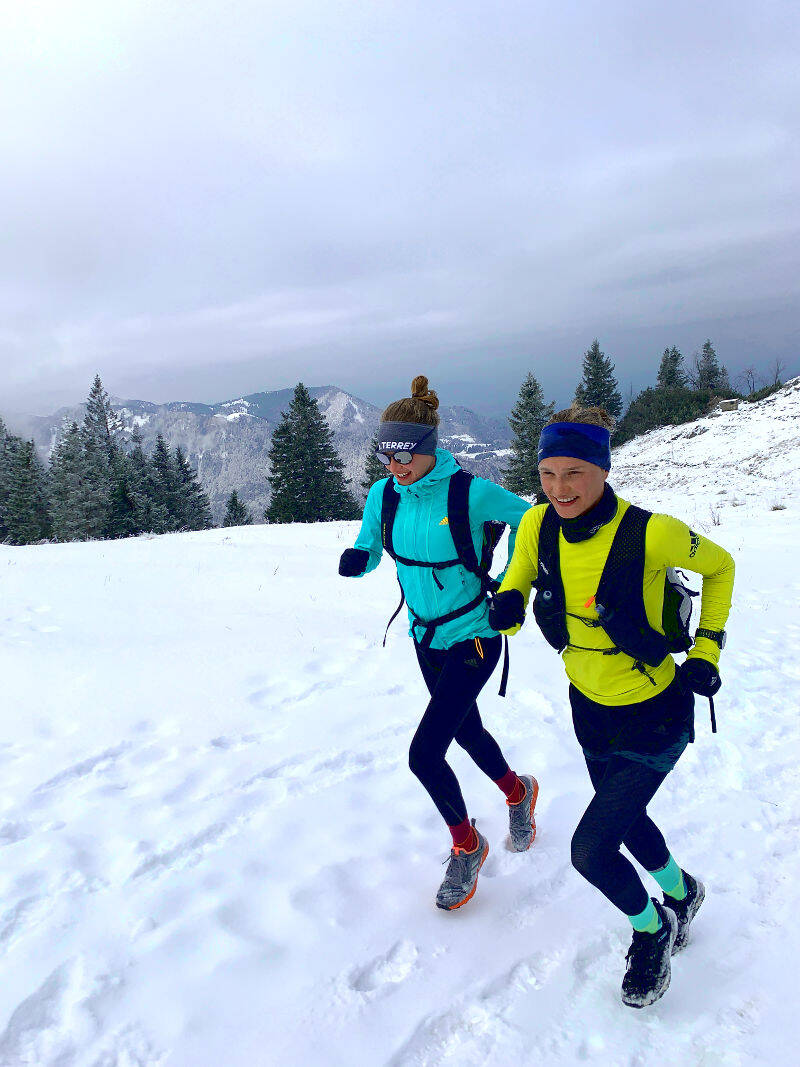
- Running tights or sleeves: Even if you “run warm” and are not too sensitive to the cold, we recommend wearing running tights during winter. Covering your entire leg warms up your calf and thigh muscles more quickly, preventing strains. You can also opt for our moisture-wicking Sports Compression Sleeves for the arms, thighs and calves.
- Hat or headband: Even though it’s a myth that the body loses most of its heat via the head, wearing a hat or a headband on your winter is still important. Your ears in particular will be thankful! Don’t worry: running hats made of functional fibers ensure that you don’t get too sweaty under there.
- Tube scarf: Also called a neck gaiter, a tube scarf for runners is indispensable in cold winter temperatures. Not only does it protect the sensitive neck and chest area, but it also forms a barrier in front of the mouth, preventing the icy air from getting into the bronchial tubes.
- Gloves: If the hands are warm, the whole body is warm. Running with cold hands is really uncomfortable and can cut your workout short. If needed, gloves can be easily removed and carried.
- Sports Supports: Chronic-use injuries like runner’s knee and shin splints plague runners year-round, but protecting your joints in the winter is especially important. Quality medical-grade compression supports like the Sports Knee Support and Sports Ankle Support will keep your joints warm while providing added stability and proprioception to guard them from injury.

Indoor warm-up and cool-down
To avoid subjecting your muscles to too much strain right away, a thorough warm-up is even more important when it’s cold outside. Light stretching and a very slow start to the run will reduce the risk of muscle injuries.
Another way to help your muscles warm up is to stimulate circulation with quality compression socks, providing better all-round protection against injury. Our Run Performance Compression Socks are designed with targeted compression and functional zones to protect your arches, ankles and calves from excessive strain.
The cool-down after training can be a little shorter, if necessary. A gentle jog of about ten minutes after your training helps to clear unwanted lactic acid, avoiding tension and aching muscles the following day.
Afterwards, get into the warmth as quickly as possible and remove damp clothing. You can then take your time with some more stretches to maintain the mobility of your muscles and ligaments. Be sure to wear a clean pair of compression socks or sleeves to help prevent aching muscles and speed your recovery.
Don’t forget to drink!
Unlike the hot summer months, our thirst sneaks up on us in the cold. This can mean we fail to rehydrate, even after a long run. If your body has lost some of its heat during your time in the icy air, you can choose to warm up with some hot tea first. Tip: remind yourself that you need to drink by preparing your mug or tea pot before your run. All you’ll need to do when you arrive at home is put the kettle on – then you can relax.

